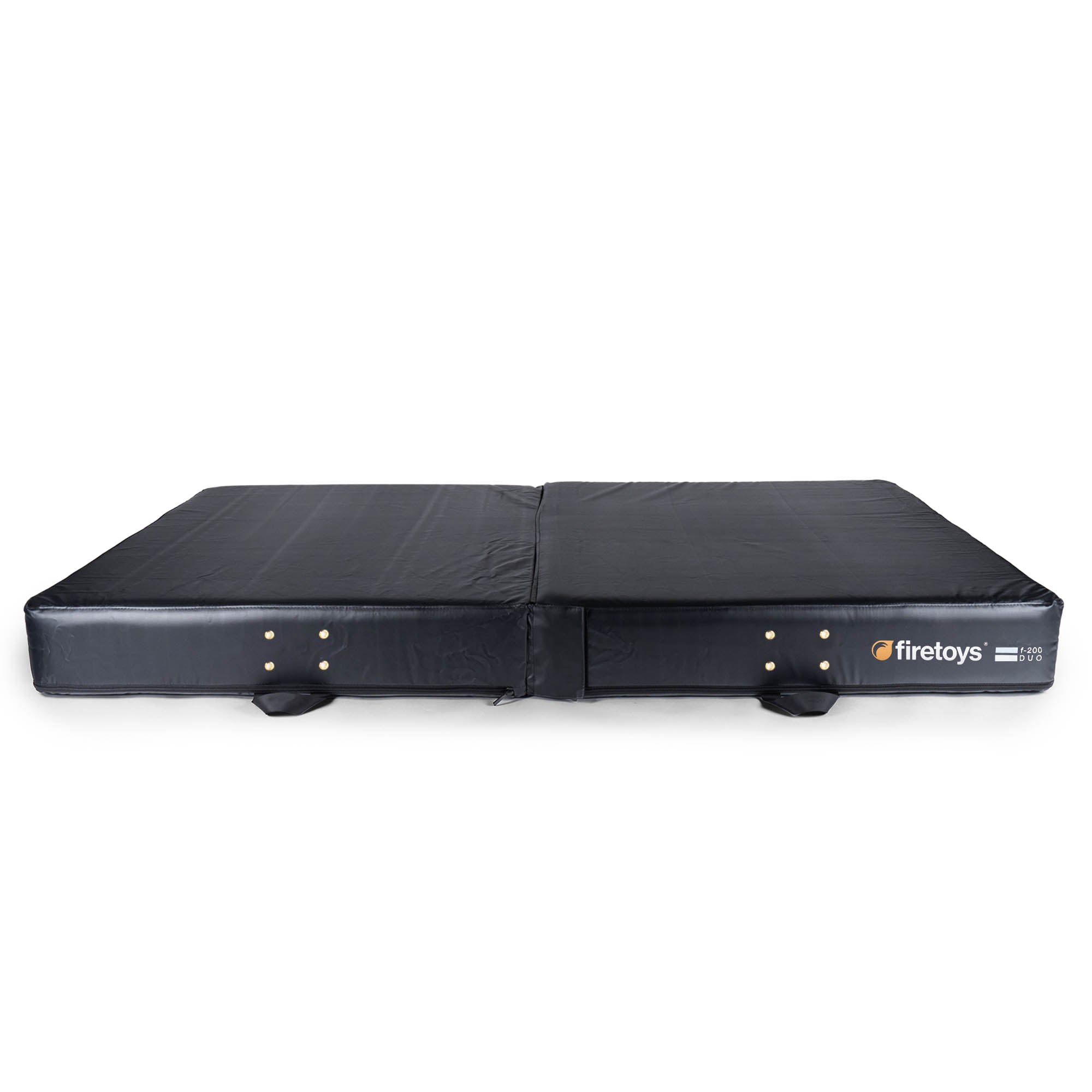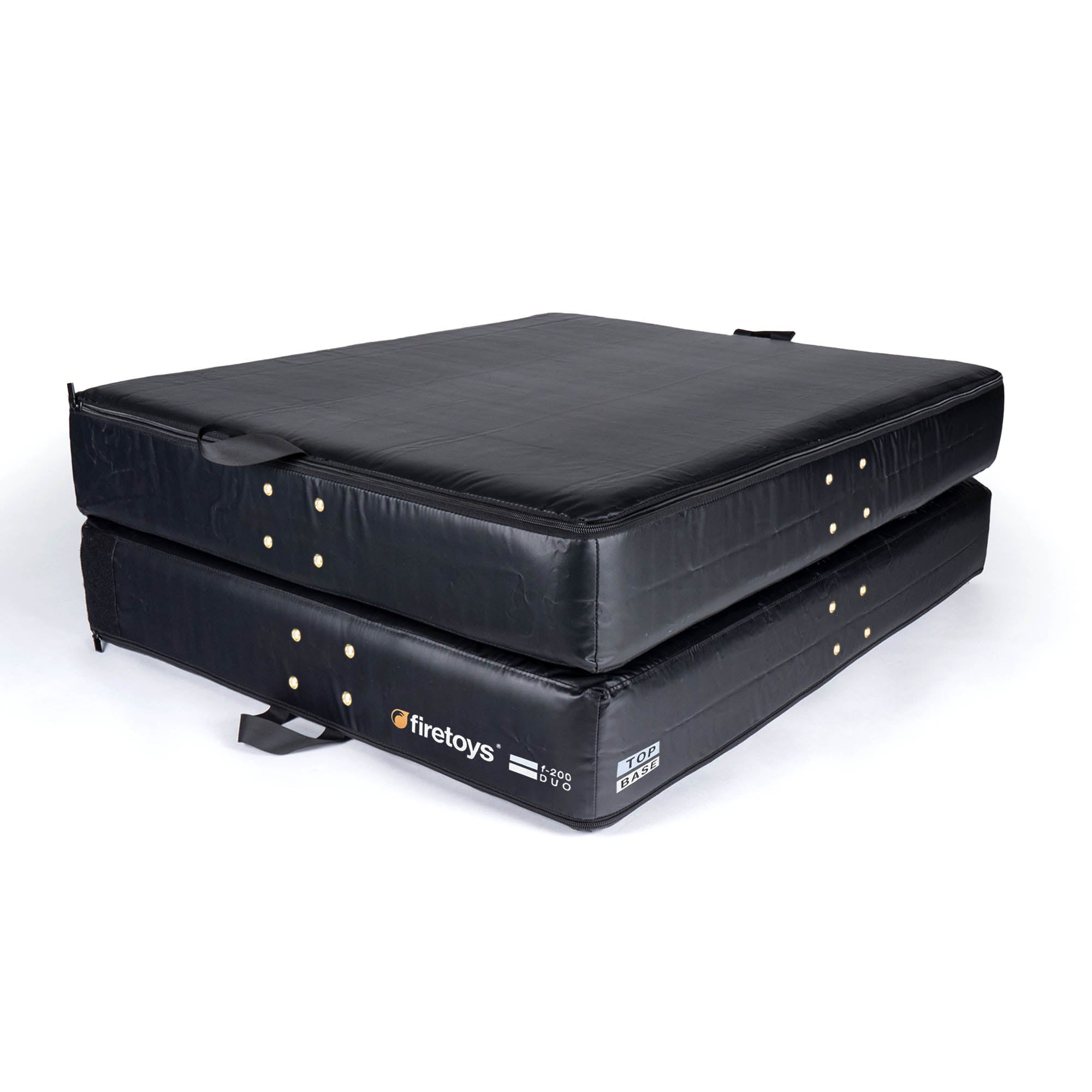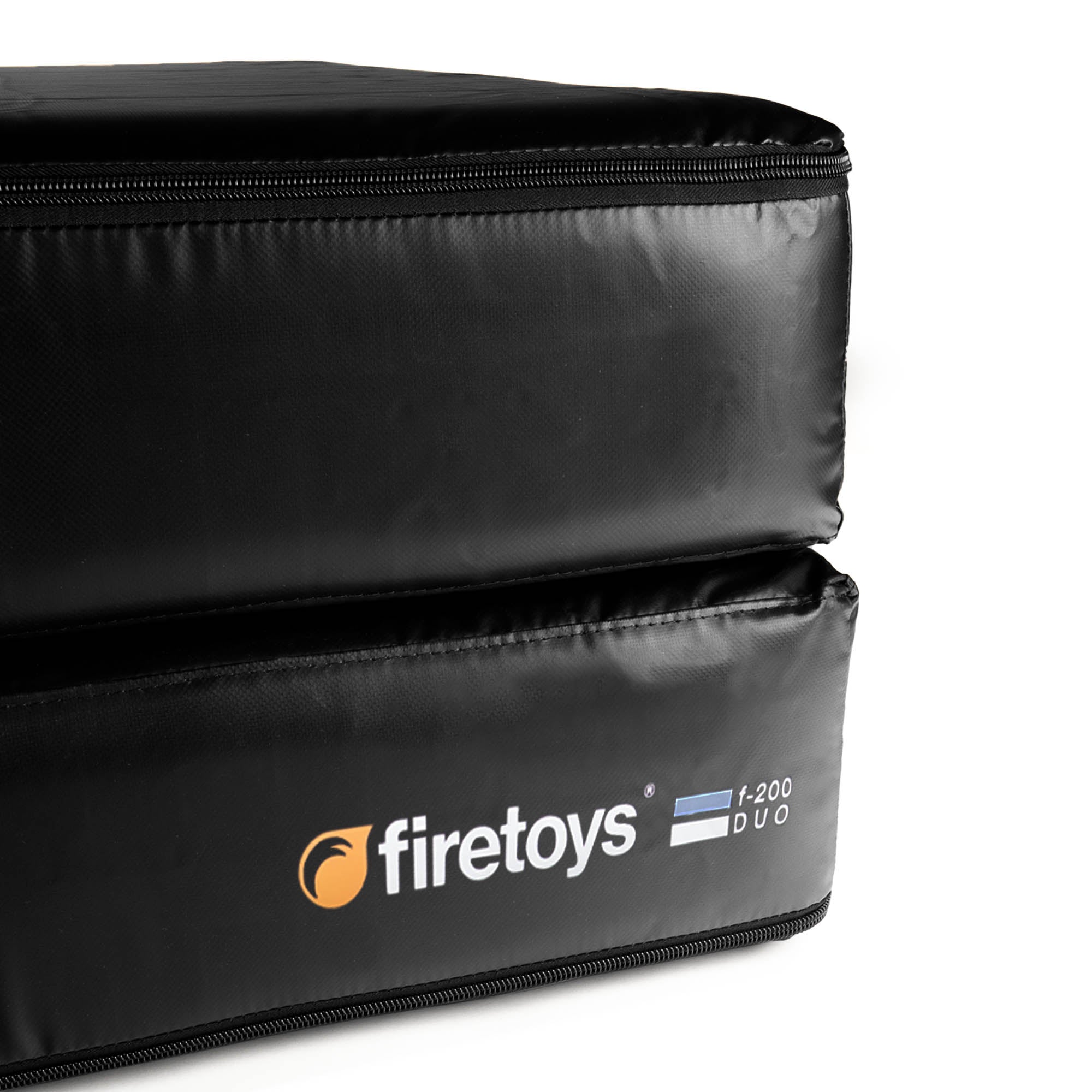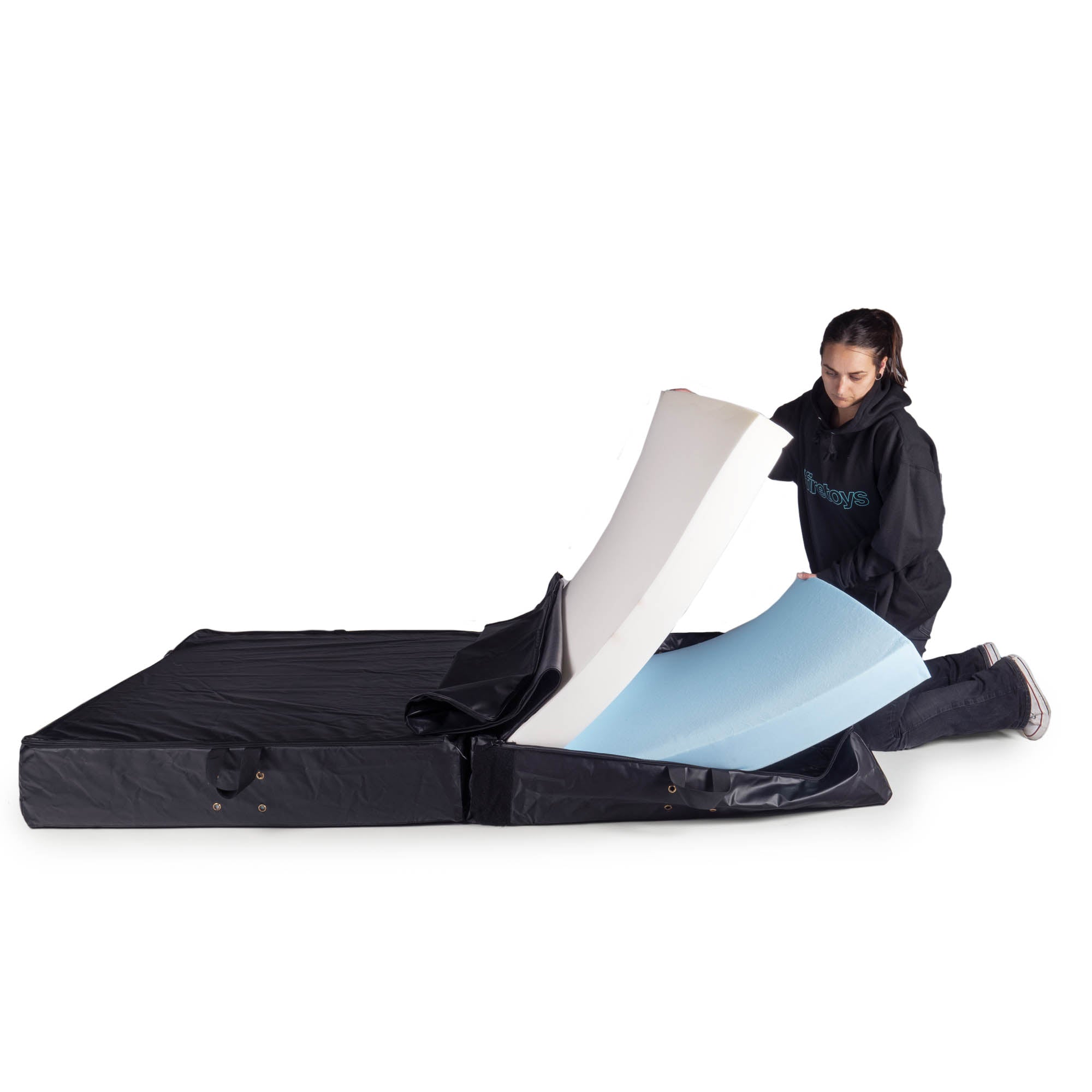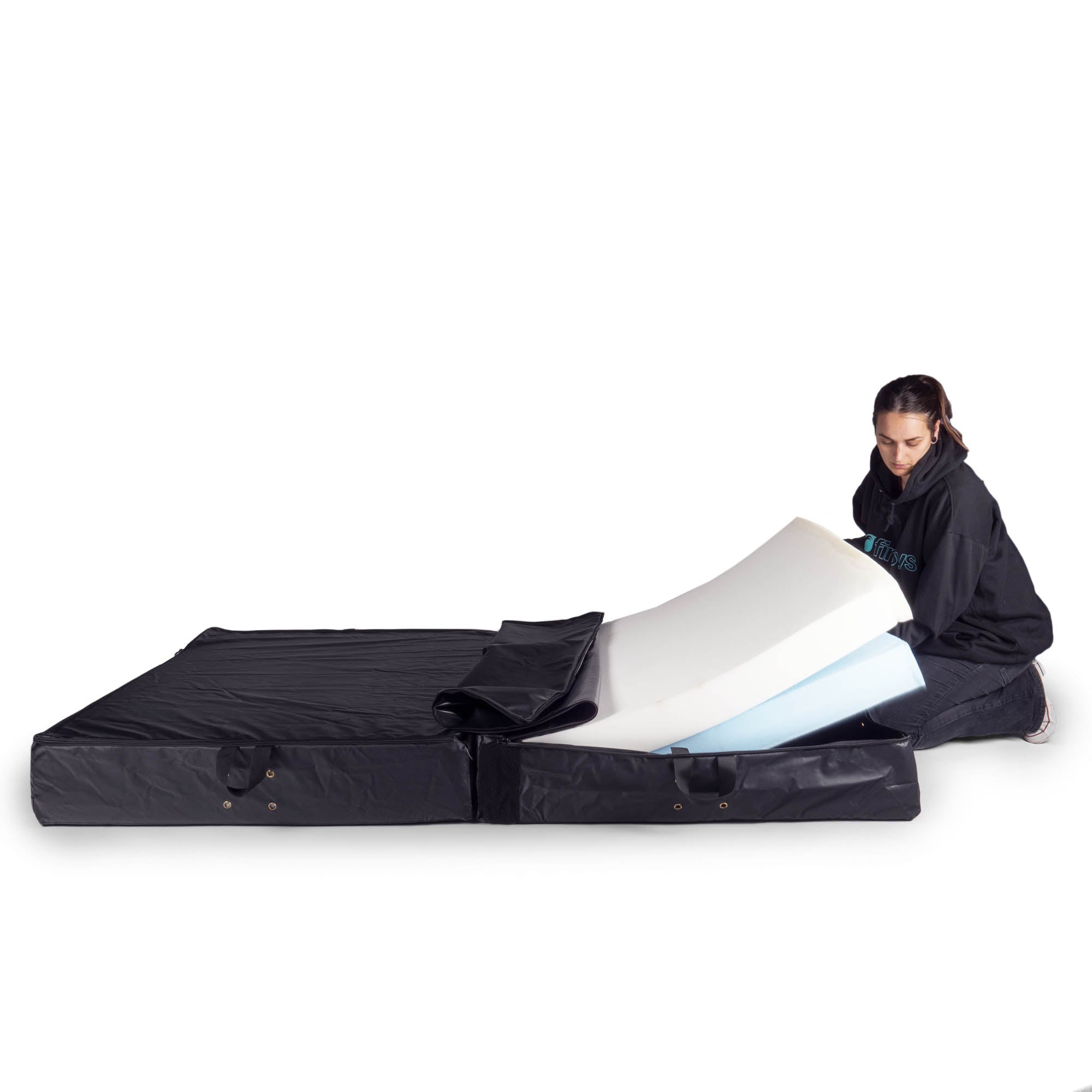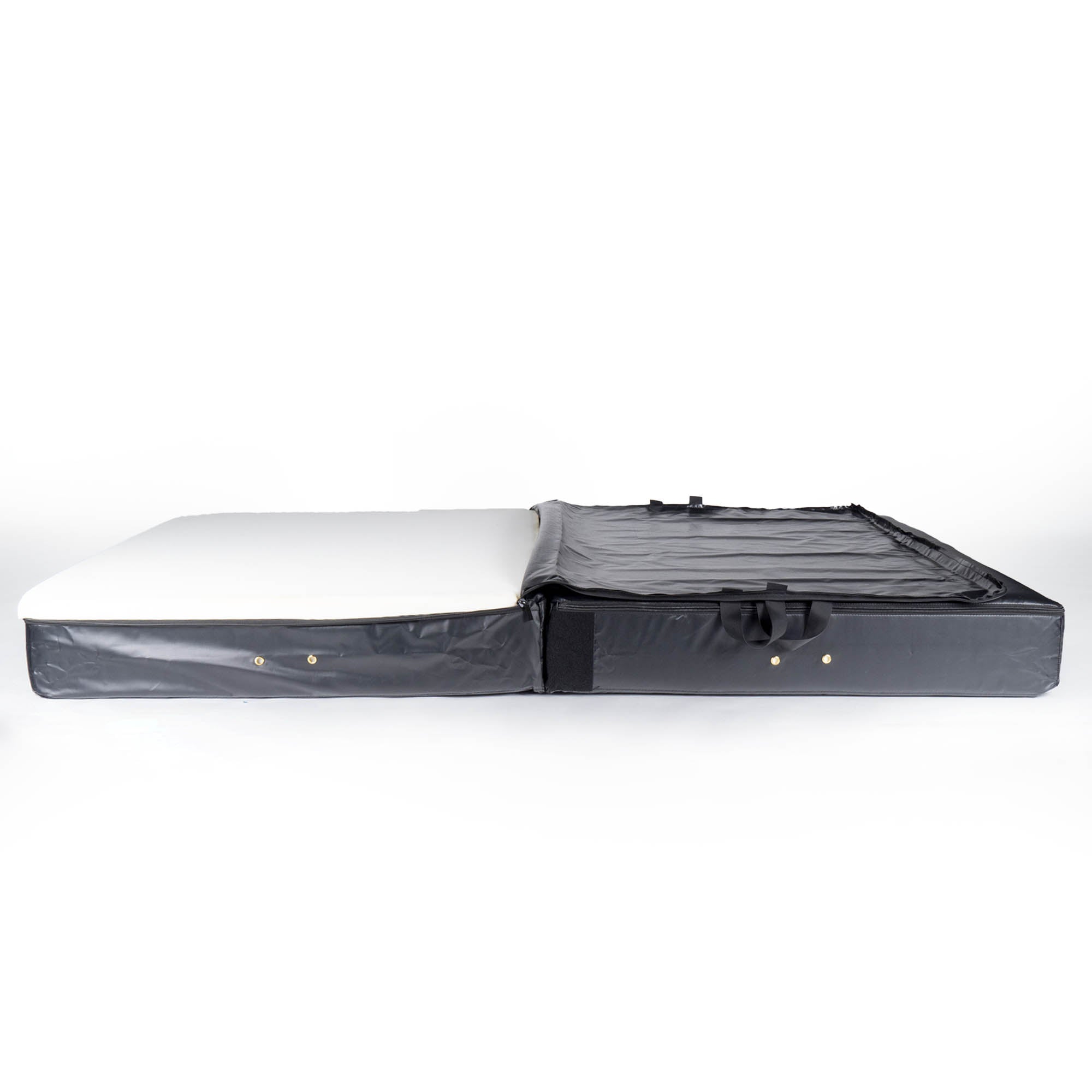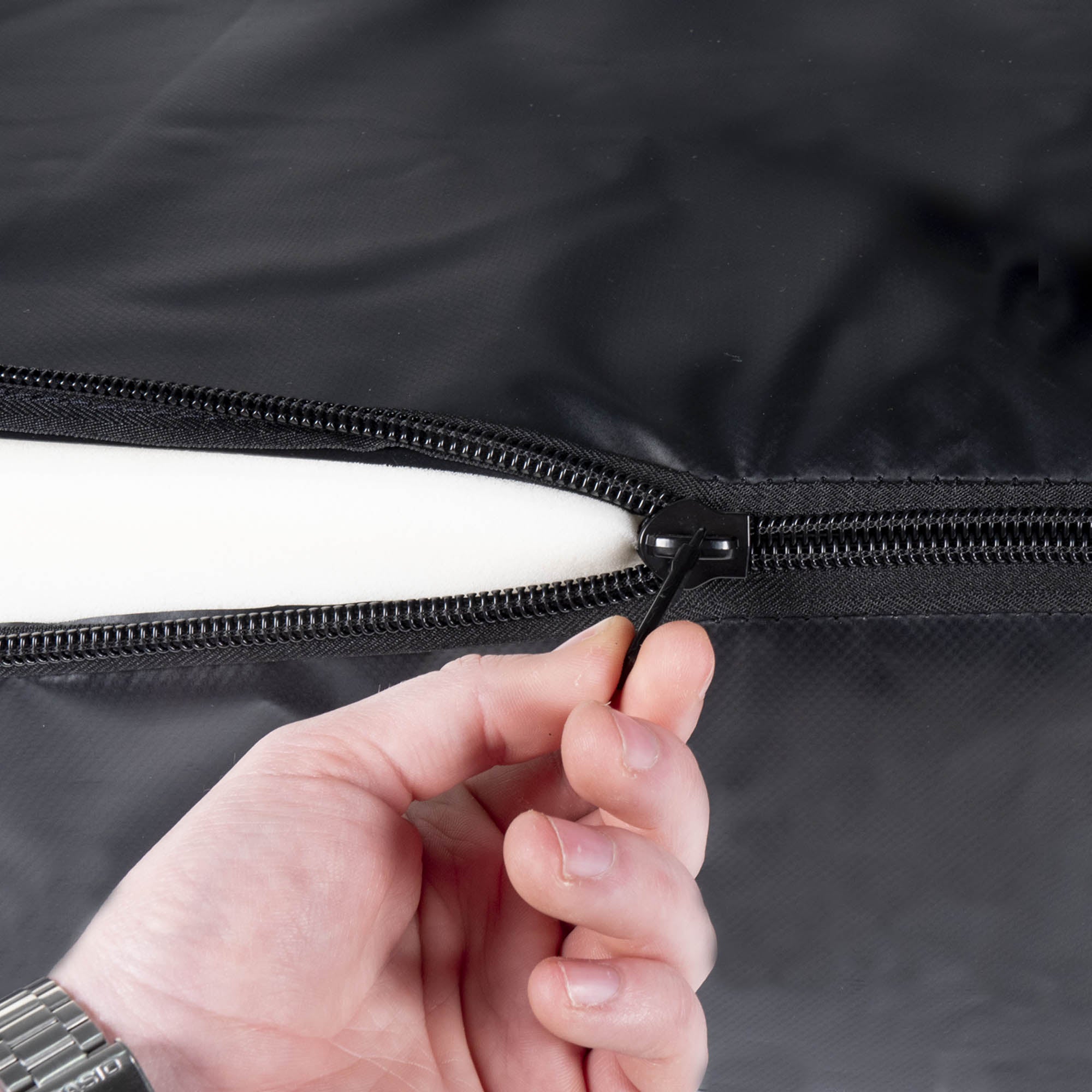Safety is extremely important in aerial acrobatics. All the equipment we make and stock has been fully strength tested and comes with a load rating so you know what applications each piece of apparatus or equipment is suitable for. However, the safety of the equipment is only part of the story. You also need to train safely as you can still fall from or get tangled in the safest of apparatus.
Below is our introductory guide to aerial safety. This is not intended to be an exhaustive list of safety practices but it covers some of the most important points and should give you an idea of the sorts of things you'll need to bear in mind whether you are training at home, a studio or even in a class. The best way to learn more about safety in aerial circus is to regularly attend lessons by an experienced and qualified teacher and to conduct extensive research.
BASIC AERIAL SAFETY
- Firetoys Aerial apparatus is not to be used unsupervised. Always have a spotter who can help and raise the alarm if necessary. Ideally the spotter should be an experienced aerialist who can help you see problems before they occur - this is vital when trying new move, particularly if you're performing wraps or drops.
- Any aerial equipment should always be used in a safe environment in which the requisite safety equipment (such as crash mats) is readily available.
- Equipment, including rigging components, should be checked before every training session to ensure they are connected correctly and are showing no signs of wear.
- Keep a log of the use on your apparatus and replace it once you cross the threshold (information provided on each piece of equipments safety sheet).
- Know the loads you will be applying to the apparatus and make sure they are appropriate for your rigging components and your aerial kit. Remember this should include both body weight and the weight of the equipment. Dynamic moves can increase momentary peak loads by anything from two (a mildly dynamic routine) to five times (for drops) the static load. The equipment and rigging needs to be strong enough to account for this as well.
- It is strongly recommended that you warm up and cool down before and after each training session.
- Always train sober.
- Always wear appropriate, well fitting clothing for aerial training and performance, to avoid clothing getting caught in the apparatus you are using.
- Make sure that no potential sharps, such as rings, large earrings, bracelets, pointy necklaces, shoes etc that can damage the equipment are worn while using the apparatus.
- The books and DVDs we sell here at Firetoys are excellent training aids, but are not intended to replace a qualified and experienced instructor.
- Do not teach yourself aerial or learn new moves from YouTube. Like the books and DVDs, YouTube videos can be great training aids but are no substitute for a qualified instructor.
- Drops and wraps in rope and silk are not to be taken lightly, always have a professional on hand to spot you and talk you through any moves you are attempting that you are not 100% confident with.
- Always be aware of your surroundings.
Rigging
All aerial equipment should be rigged safely using certified equipment. Any rigging points that you use to attach to should be checked and certified by a competent rigger, or a structural engineer.
we have a range of posts about rigging here: blog pages - rigging category
Links to safety articles
If you are a beginner and looking to get started in Aerial Acrobatics, we advise attending classes taught by trained professionals.
Can I rig aerial apparatus from a tree?
How to identify and use the right Daisy Chain.
How to prevent equipment wear with sacrificial layers.



